Gull:- Gulls nest in large, densely packed noisy colonies. They lay two to three speckled eggs in nests composed of vegetation. The young are precocial, being born with dark mottled down, and mobile upon hatching
The general pattern of plumage in adult gulls is a white body with a darker mantle; the extent to which the mantle is darker varies from pale grey to black. A few species vary in this, the Ivory Gull is entirely white, and some like the Lava Gull and Heermann's Gull have partly or entirely grey bodies. The wingtips of most species are black, which improves their resistance to wear and tear, usually with a diagnostic pattern of white makings. The head of gulls may be covered by a dark hood or be entirely white. The plumage of the head varies by breeding season; in non-breeding dark-hooded gulls the hood is lost, sometimes leaving a single spot behind the eye, and in white-headed gulls non-breeding heads may have streaking
The general pattern of plumage in adult gulls is a white body with a darker mantle; the extent to which the mantle is darker varies from pale grey to black. A few species vary in this, the Ivory Gull is entirely white, and some like the Lava Gull and Heermann's Gull have partly or entirely grey bodies. The wingtips of most species are black, which improves their resistance to wear and tear, usually with a diagnostic pattern of white makings. The head of gulls may be covered by a dark hood or be entirely white. The plumage of the head varies by breeding season; in non-breeding dark-hooded gulls the hood is lost, sometimes leaving a single spot behind the eye, and in white-headed gulls non-breeding heads may have streaking
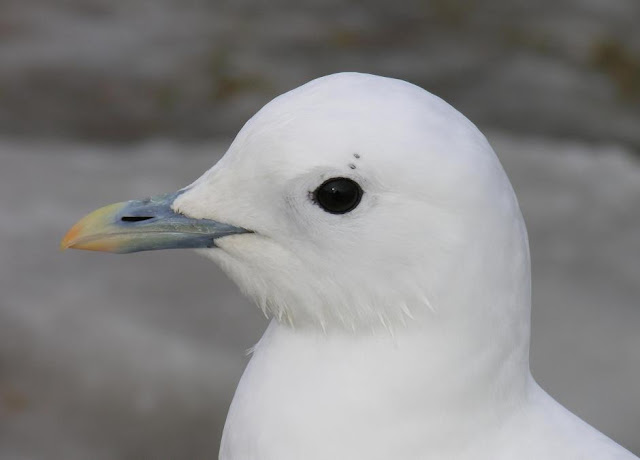
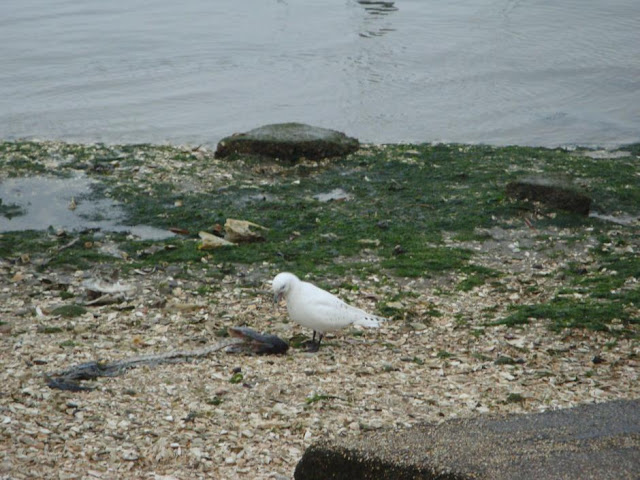

_-Hot_Water_Beach_-NZ-8.jpg)
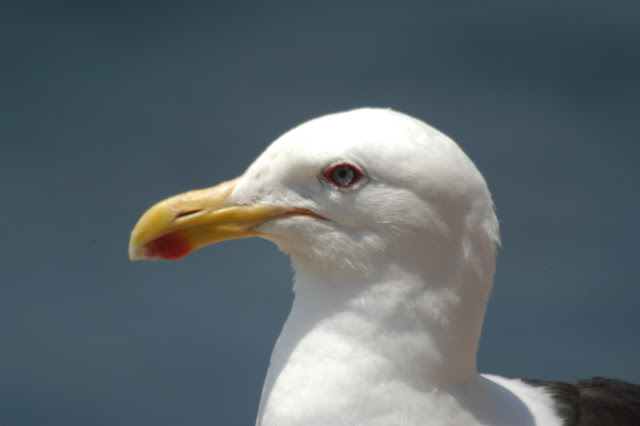
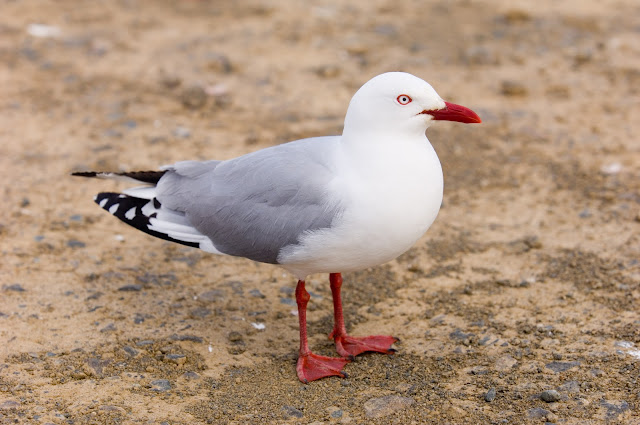

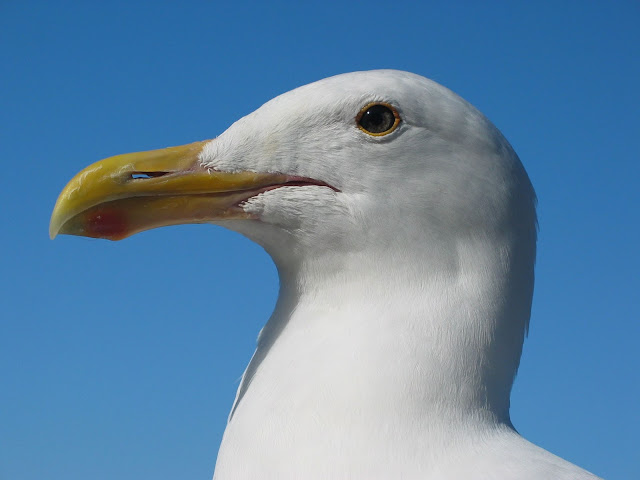

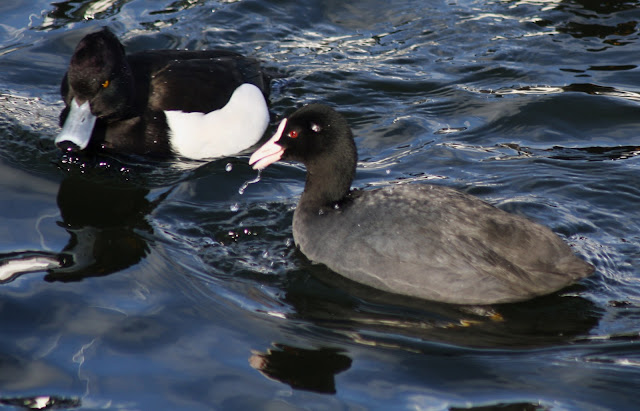
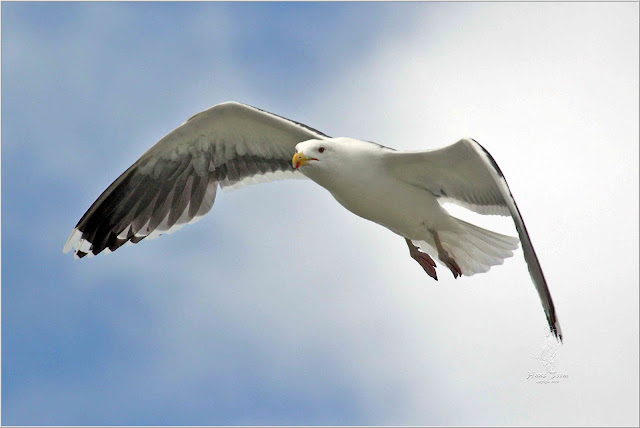

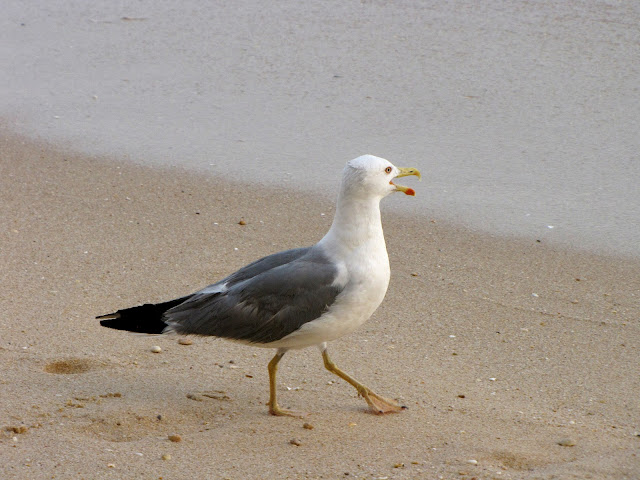
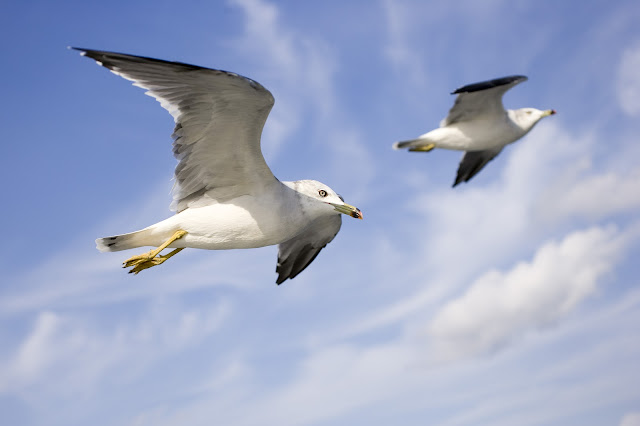
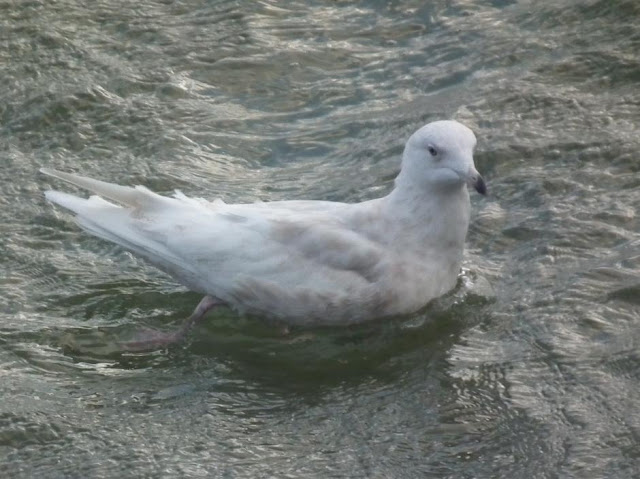
No comments:
Post a Comment